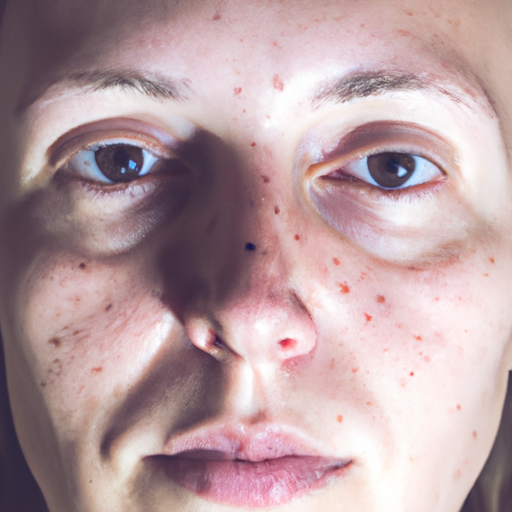As a medical professional, I encounter a plethora of skin-related concerns daily. One such issue that has been increasingly prevalent is hyperpigmentation. It is a harmless condition where patches of skin become darker in color than the normal surrounding skin. This darkening occurs when an excess of melanin, the brown pigment that produces normal skin color, forms deposits in the skin. While it is not a life-threatening condition, it can cause significant distress as it affects one’s appearance. Here are seven proven strategies to banish hyperpigmentation and reveal your true skin.
1. Sun Protection: The sun is one of the main causes of hyperpigmentation due to the harmful UV rays it emits. These rays stimulate the production of melanin, which can lead to dark spots and patches on the skin. Therefore, it is crucial to protect your skin from the sun by wearing a broad-spectrum sunscreen with an SPF of at least 30 every day, even on cloudy days.
2. Topical Treatments: There are several over-the-counter and prescription creams available that can help lighten hyperpigmentation. These creams often contain ingredients like hydroquinone, retinoids, and vitamin C that inhibit melanin production and help fade dark spots. However, these treatments should be used under the supervision of a dermatologist to avoid potential side effects.
3. Chemical Peels: Chemical peels involve applying a solution to the skin that causes it to exfoliate and eventually peel off, revealing new, less pigmented skin underneath. This treatment can be effective for hyperpigmentation but should only be performed by a trained professional to avoid skin damage.
4. Microdermabrasion: This is a minimally invasive procedure that uses tiny crystals to exfoliate the surface layer of dead skin cells. It stimulates collagen production and skin renewal, which can help lighten hyperpigmentation.
5. Laser Therapy: Laser treatments target melanin-producing cells without damaging the skin’s surface. These treatments can be quite effective, but they require multiple sessions and can be costly.
6. Microneedling: This is a procedure that involves creating tiny punctures in the skin using a device with fine needles. It stimulates collagen production and can help in the absorption of topical treatments, making them more effective.
7. Healthy Lifestyle: Lastly, maintaining a healthy lifestyle can significantly impact your skin health. Eating a balanced diet rich in antioxidants, staying hydrated, getting enough sleep, and managing stress can all contribute to healthier skin and prevent hyperpigmentation.
In conclusion, while hyperpigmentation can be a distressing condition, there are several proven strategies to manage and reduce its appearance. It’s crucial to remember that results take time and consistency is key. Also, every individual’s skin is different, so what works for one person may not work for another. Therefore, it’s always best to consult with a dermatologist before starting any new treatment. They can provide personalized advice based on your specific skin type and condition. With patience and the right approach, you can unmask your true skin and banish hyperpigmentation.



